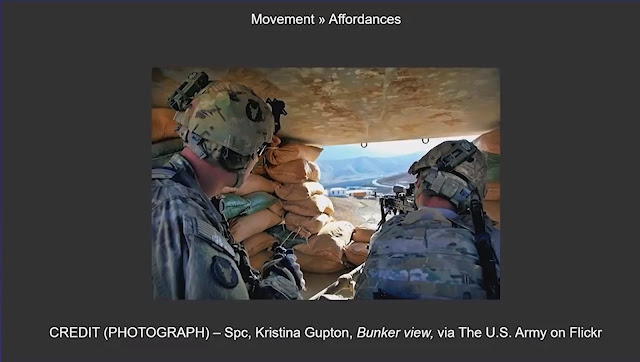Brief Research
Hypothesis A Narrative (Cinematic) HMD VR Immersive experience is more effective than other modes of TEL Delivery because experiential, interactive, open-ended exploration leads to highly effective knowledge acquisition, retention and application in practice, when engaging with story-based mental health learning content. more effective than passive learning. supports training practitioners knowledge acquisition, retention and application of challenging mental health topics (Example opioid addiction) learning content more effectively Research Question Can HMD VR Environments be designed to safely immerse mental Healthcare practitioners in learning experience that explores challenging mental health topics more effectively than alternative modes of delivery ? Trauma and Safe Immersion HMD VR (Cinematic) Narrative Design Research Location Located in the triangulation between : 1. TEL Design : Mental Healthcare and Wellbeing Training an...





